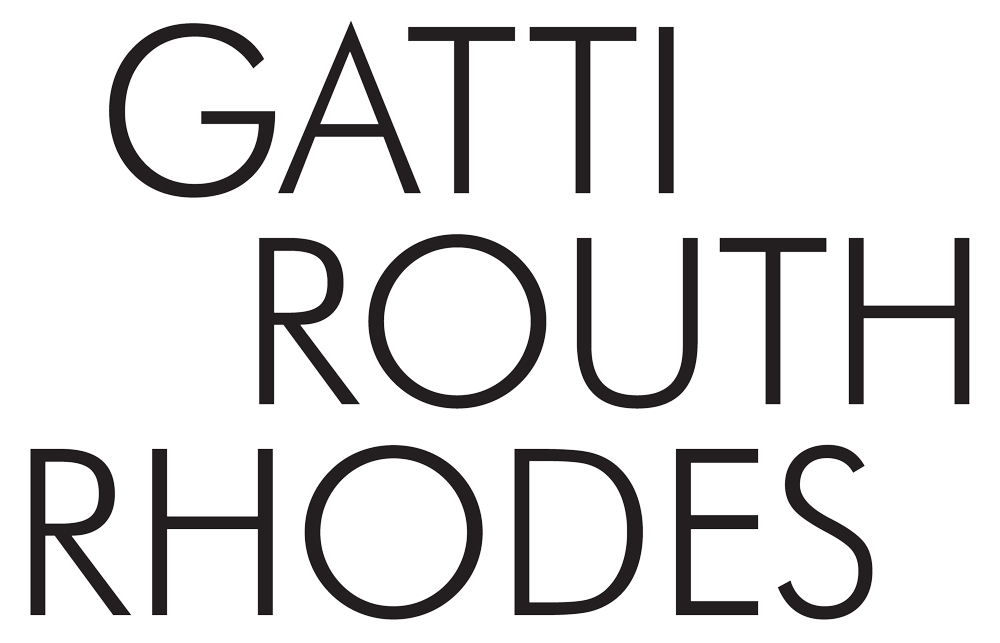Why Are Architectural Exhibitions So Hard?
Read Richards’s original article on Building Design.
Architecture is a uniquely difficult artform to present in a gallery. Photographers, painters and modelmakers have all tried, with varying degrees of success. Could the immersive world of comics be a more helpful medium? Richard Gatti finds out
Why are architectural exhibitions so hard to stage? At first glance, this is an easy question to answer: buildings are big things, and not particularly portable. The architectural exhibition is therefore de facto a mediated experience – an exhibition of architectural drawing, or architectural photography, say, that doesn’t have the weight, the materiality, the smell, the roughness (or smoothness) and the quality of light of the actual building. Some of the more successful architectural exhibitions have bypassed the issue by bringing the building into the gallery (the V&A’s 1:1 Architects Make Small Spaces, and Sensing Spaces at the Royal Academy) – but these are blockbuster exhibitions at major galleries, with significant budgets. How do you convey the experience of architecture without architecture?
One approach, embraced by Wallonia-Brussels Architecture, the organistation responsible for promoting Belgian architects’ work overseas, is to pair architects with graphic artists, and ask the artists to respond to individual projects. After all Belgian comics, like Belgian architects, have something of a cult following, the former thanks largely to Hergé and his creation Tintin. Perhaps, by focusing on built projects, an artist could express something of what it means to be inside the building, to occupy it, to live there.
The result is on show at the Cass Gallery in east London. 28 projects, 25 artists and writers. Each is indicated by a single photograph, two Google Earth-style overhead views which give a little of the context and a set of plans, usually accompanied by a section, an elevation or an axonometric. The bulk of the display is then given over to the artists, who have clearly been given free reign to respond to their buildings, and the results are diverse.
I can imagine Baukunst, one of the young practices presented here, were pleased with Benoît Henken’s wordless tale of two teenagers, each seemingly alone amongst a crowd of young people, make eye contact, and perhaps become friends. This ambiguous tale takes place across different spaces within their new sports centre, which is shown off at different scales and sensitively inserted below grade level to avoid disrupting its context, which includes a 19th-century chateau.
ARJM Architecture, on the other hand, may have been less thrilled by Florent Grouoazel’s rendering of their enigmatic modernist brick station. The station features a brick loggia as the only portion that sneaks above the change in grade. The building is depicted heroically at first, and then in the “parenthesis between its construction and the official opening” is shown? imagined? (it is not made entirely clear) as a gallery for street art, an informal doss house for homeless people, a backdrop for street drinkers – perhaps not the architects’ intention and a mile away from the stark, managed, people-free norm of architectural photography.
While these examples told me something of the buildings, their use and context that I might not have learnt otherwise and contributed to my understanding of the buildings, plenty more didn’t. And I found myself yearning for more of the staple of architectural exhibitions – more photos, more drawings.
Some of the architecture seemed extraordinary including, for example, Keramis, a ceramic museum by Coton-De Visscher-LeLion_Nottebaert_Vincentelli (a partnership whose email address, I hope, includes a few abbreviations). This scheme comes in two contradictory parts. The first is a sensitive restoration of an old terracotta factory, including original bottle kilns, and is fitted out with sumptuous fair-faced concrete interiors. The second is a meandering sinuous extension patterned “with the camouflage used for hunting duck” (their words, or at least those reproduced in the exhibition) – which seems at odds both with its attention-seeking form in plan and careful relationship to the context of the restoration. But I know about this largely from photos gleaned from the internet as the project was shortlisted for the Mies van der Rohe Award 2017.
